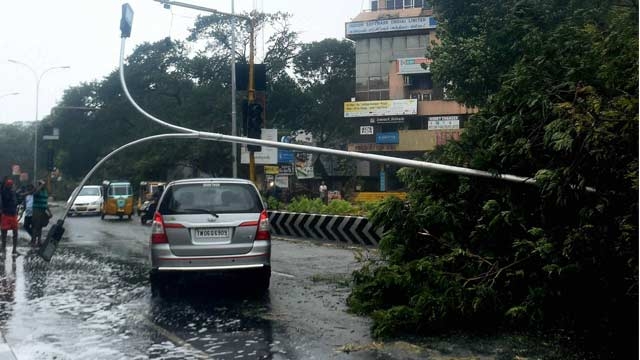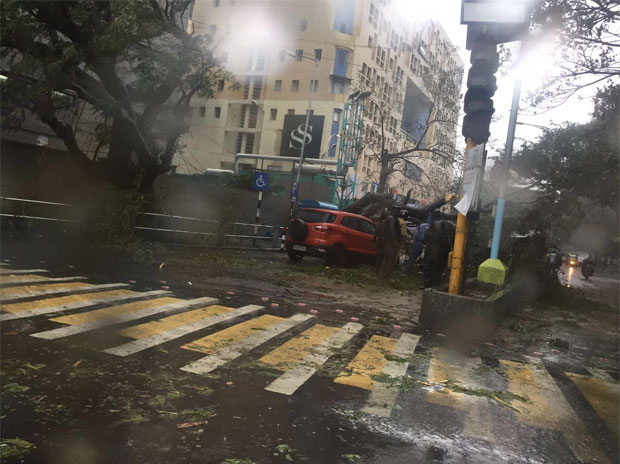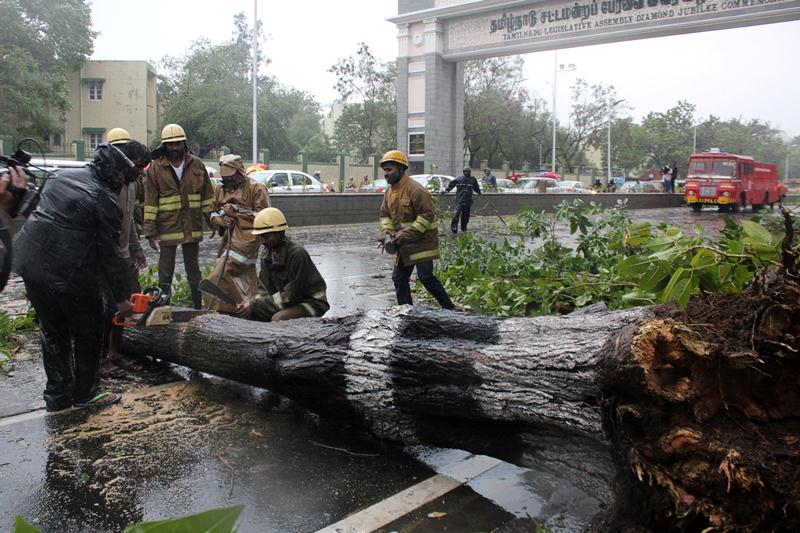While the astrologers are saying that the cyclones and storms are bad for the rulers, even in general these issues are giving a tough time to the public in general across the South India. The rains have been pounding Tamilandu and AP like anything since last several years.
Rising sea temperatures have made severe cyclones such as Vardah more likely, says an analysis of cyclones originating in the Bay of Bengal.

According to a 2014 study in the Journal of Earth Science and Climatic Change, “in the Bay of Bengal region more cyclonic disturbances are now intensifying into tropical cyclones during November (1-3) and the frequency of severe cyclones has increased at a faster rate compared to the total frequency of cyclones”, said the study’s lead author, Ashutosh Mishra, of the University of Allahabad.

For his study, Mr. Mishra considered data of 122 years (1891 to 2013) of tropical cyclone frequency over the north Indian Ocean and he cited a trend of “enhanced cyclo-genesis during four months — May, October, November and December”, especially over Tamil Nadu and Andhra Pradesh.
Of these, November generally accounts for the maximum number of severe cyclones. On an average about five to six tropical cyclones (maximum sustained wind of 34 knots or more) form in the Bay of Bengal every year, of which two to three reach severe stage (maximum sustained wind of 48 knots or more), according to the study.

“Over the last 25 years, there is a trend that when cyclones form they are more likely to be severe or extremely severe,” said Madhavan Rajeevan, Secretary, Ministry of Earth Sciences, “but the numbers per year have not significantly changed.”
Even the Arabian Sea, that rarely saw cyclones, had increasingly started to register more low-intensity ones, he added. Warming seas, as previous studies of the frequency of typhoons in the Pacific have found, whet local atmospheric conditions and strengthen typhoons.














